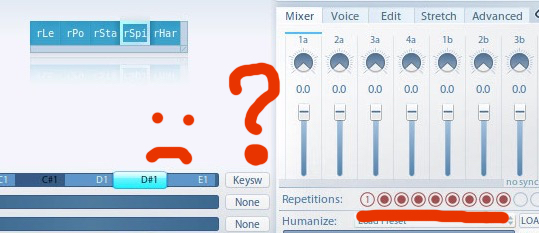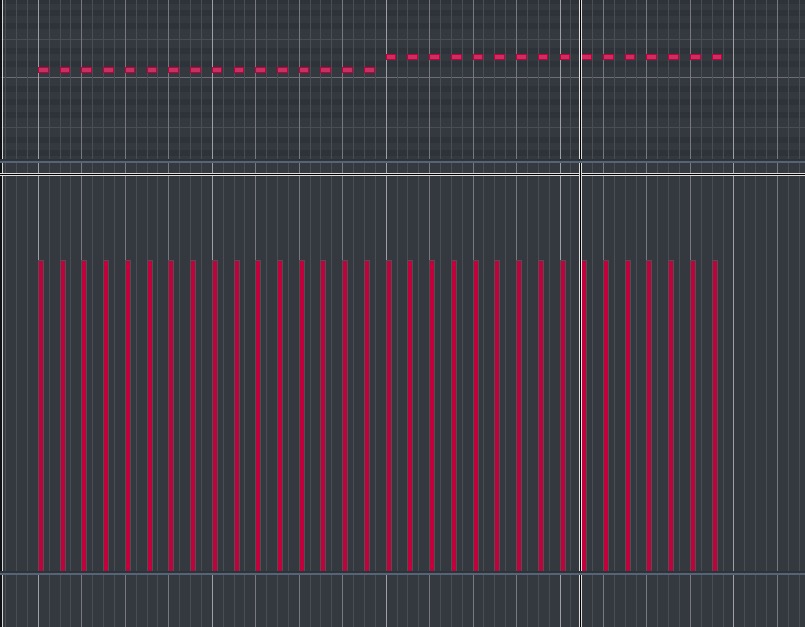I must say I've found Synchronized Chamber Strings to be a very disappointing purchase, even at the 'prior owner of CS and Synchron Strings' price. When set side by side with the original chamber strings and all reverbs off, there is quite evident lack of clarity, phasing and other issues with the Synchronized samples, across all articulations.
Furthermore, the sustains etc sound 'blended' even when xfade is OFF in the Synchron player, which is not the case with the original chamber strings (or any VI series instruments) and the VI Pro player. It seems as if xfade only governs where the dynamic levels come from (keyboard or CC), and that mixing of samples is always occurring (i.e. synchronized CS with xfade OFF sounds like CS/VIPro with xfade ON). Perhaps this is being done to better match the greater number of dynamic levels in Synchron Strings.
It seems the purpose of these is to use a blended up version of chamber strings to cover up the shortcomings of Synchron Strings (another disappointing purchase). Unless you are looking to do that (which might be very effective), I do not recommend synchronized chamber strings. Stick with the original chamber strings, they're still great.

